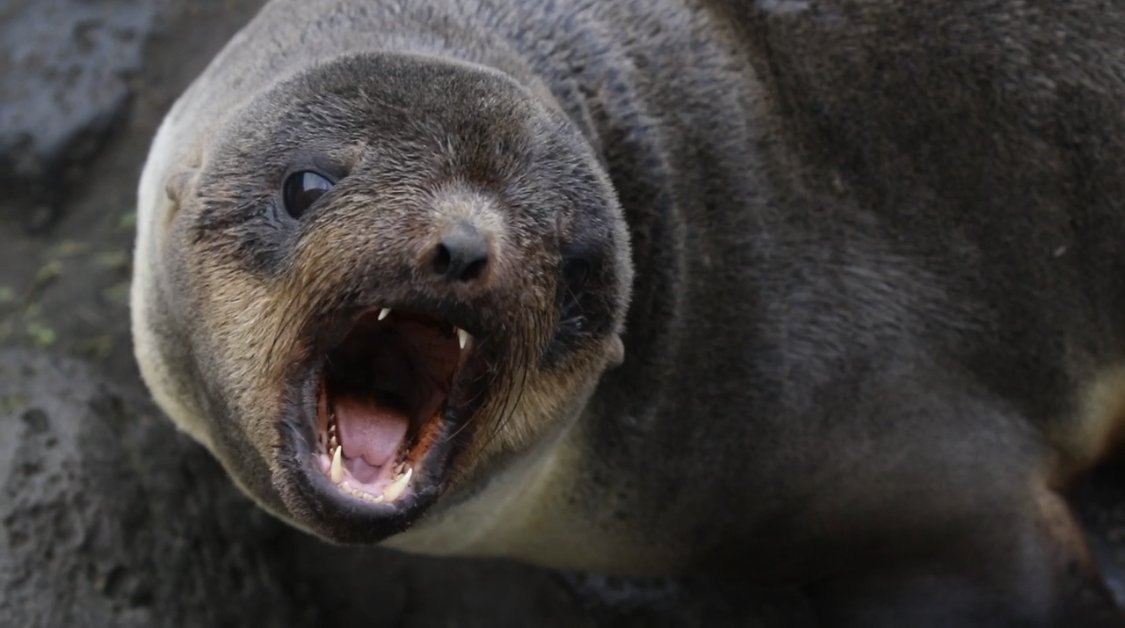Last year’s tour was a major success! Hope to see you in 2024
Alaska’s Pribilof Islands lie some 300 miles off the North American mainland in the middle of the Bering Sea. We’ve scheduled an extended visit to the rocky island of St. Paul to look for Asiatic vagrants at a time when over the years many have occurred. Even without the exciting strays for which these remote islands are famous, the sea cliffs will still have hundreds of breeding alcids and good numbers of the near-endemic Red-legged Kittiwake, and the Northern Fur Seal colony will be overflowing with young seal pups.
We’ll spend our days on the “Pribs” alternately scanning and walking around the islands many small lakes and wetlands, scouring the secluded and sheltered sides of hills and patches of taller vegetation for passerines, and, if conditions are advantageous looking out to see for passing seabirds. The seabird cliffs will be less crowded than in the summer, but we’ll be treated to very close eye-level views of Horned and Tufted Puffins and Common and Thick-billed Murres, and we’ll certainly see Red-legged Kittiwake and Red-faced Cormorant, the former at its only accessible site in North America. The cacophonous Northern Fur Seal rookeries will be bustling with masses of pups, and spending time with these remarkable pinnipeds gives credence to Saint Paul’s title of the “Galapagos of the North.”
In mid-late September the Pribilofs are still mostly green, and often a good diversity of shorebirds can be found on their southbound passage. We’ll sift through the throngs of Rock Sandpipers and Ruddy Turnstones for rarer shorebirds; Gray-tailed Tattler, Sharp-tailed Sandpiper, Red-necked Stint, and Common Snipe are all regular migrants in early September, and species such as Lesser Sand-Plover, Wood Sandpiper, Little Stint, and Ruff are possible. Waterbird mega-rarities at this season have included Black-tailed Gull, Marsh Sandpiper, Jack Snipe, and North America’s first Solitary Snipe.
Asian landbird vagrants are unpredictable, but mid-late September has produced Sky Lark, Willow, Dusky and Yellow-browed Warblers, Gray-streaked and Taiga Flycatchers, Red-flanked Bluetail, Olive-backed and Pechora Pipits, Siberian Accentor, Brambling, and many others.
After St Paul there is an optional extension that will take us to Utqiagvik (Barrow), along the shores of the Arctic Ocean, in hopes of intersecting with the magical, pink-tinged Ross’s Gull along their migration route. For a brief window in late September/early October, most of the world’s population of Ross’s Gulls migrate past Point Barrow, west to east, from the Chukchi Sea into the Beaufort Sea. It’s possible to see this migration from shore, and depending on local weather and sea conditions, there may a few to hundreds of these gulls moving past on any given day during this short period.
For those continuing on to Utqiagvik (Barrow), there is a buffer day in case of weather delays getting off St Paul Island. Most of the buffer day is at leisure, but there will be some time for a bit of light birding locally around the Anchorage hotel.
For more information and to register for this tour visit my WINGS tour page HERE
* This tour is often combined with my fall tour to Gambell



